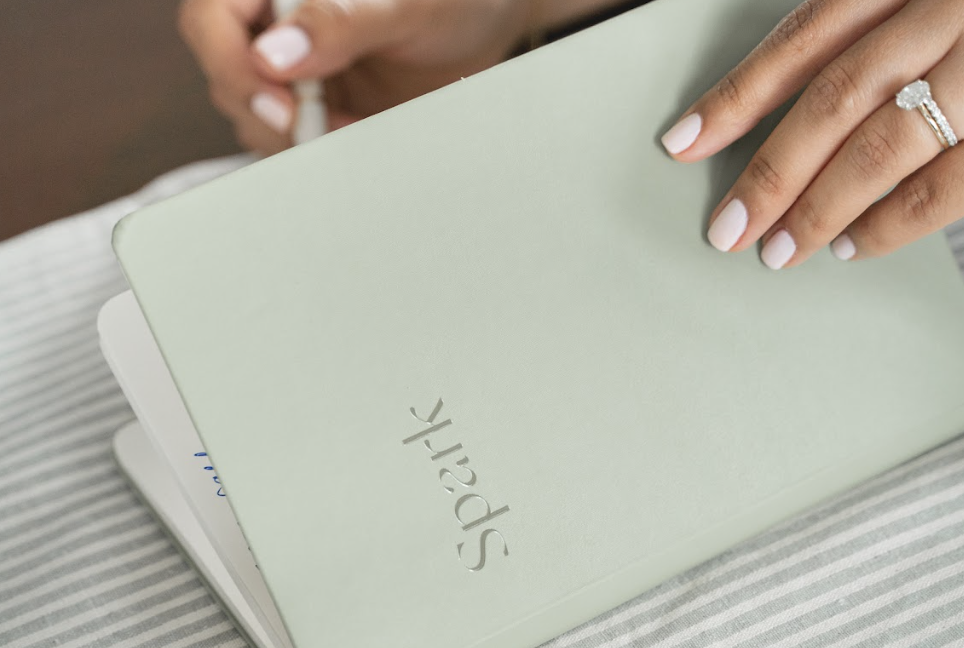

Simply put, micro-influencers are those with “smaller” online followings, typically in the range of 1000 to 100000, and who are considered experts or specialists in a particular niche or industry. Micro influencers are known for connecting with their audience on a personal level, and offer a more cost-effective alternative to working with influencers with massive followings.
Related post: How Brands are Growing with Micro-Influencer Marketing
Once you know what type of micro-influencers you want to collaborate with, the next step is finding them. Instead of only browsing hashtags or manually searching on platforms, you can use structured methods to discover the best partners for your campaigns.
Before you decide who to work with, you need to know what you want to achieve with your campaign. Are you looking to increase brand awareness? Drive sales? Promote a new product? Whatever your goal may be, make sure it's specific and measurable. Determine your key performance indicators (KPIs) that you will use to track the success of your campaign. By having these goals and metrics in mind, you’ll be able to create a clear plan for your influencer partners to follow.
Related post: Best Practices for Running a Successful Micro-Influencer Campaign
Another tip is to take a good look at the influencer's followers - are they the same people you are trying to target? If so, you may have found your next collab! If not, then it may not be the right fit.
Also, take some time to research their previous work and align their values with your own. Does their content resonate with your message? Don't be afraid to dig a little deeper and scroll through their past posts to get a better sense of their content style, posting frequency and quality. This is an easy way to find relevant micro-influencers to connect with.
Micro-influencers tend to have higher engagement rates. In fact, the smaller the following, the more engagement a person will have. On average, influencers with 1k to 10k followers have a 4% engagement rate, whereas influencers with 10k to 100k have a 2.4% engagement rate - stats shown here!
Working with influencers who have smaller, niche audiences will increase the chances of your campaign being seen by the right people for better impact. So, consider the influencer’s reach and how many people are not only seeing but engaging regularly with their content.
Not all influencers will be a match for your brand, even if they look good on paper. Start by:
This approach builds trust and increases the chances of a long-term collaboration.
Using an influencer agency is another great way to find the perfect match for your campaign goals. They will have access to a wide range of influencers, including micro-influencers, who have already been vetted and categorized by topics, demographics, and rates. Working with an agency can save you time and effort in the search process, and also provide valuable insights to help you choose the right partners.
Did you know that we recently created our own influencer database? Get in touch to learn more.
When looking for the perfect micro-influencer, don't be afraid to ask questions and have an honest conversation about what both parties expect. Take time to get on the same page as them and find a balance that works for both parties. Remember, it's about mutually beneficial collaboration - so don't shy away from compromise if you want an impactful outcome which helps reach marketing goals.
Finding micro-influencers manually can be time-consuming. Luckily, there are tools that make the process easier:
These tools provide audience insights, engagement rates, and demographic data, so you can make data-driven decisions.
There you have it! We hope our tips can help you choose the perfect micro-influencers for your brand. Remember, micro-influencers can be a powerful asset for your brand's marketing efforts, and even make or break a campaign. Remember to do your research, think beyond the numbers, and prioritize authenticity above all else. Happy influencer hunting!
How do I find a micro-influencer?
You can discover micro-influencers by searching relevant hashtags, exploring niche communities, using influencer discovery tools, or working with an agency. Start with creators who align with your brand values and target audience.
How much does it cost to hire a micro-influencer?
Rates vary depending on the influencer’s audience size, niche, and engagement. On average, micro-influencers may charge anywhere between $150–$750 per post, though some may collaborate for free products or affiliate partnerships.
How to reach out to micro-influencers?
Engage with their content first, then send a personalized message that highlights why you want to work with them. Be clear about your campaign goals, deliverables, and what you’re offering in return.
How do I find micro-influencers near me?
Use location-based searches on platforms like Instagram (hashtags + geotags), TikTok, or discovery tools that allow you to filter by location. Local micro-influencers are especially valuable for businesses that want to drive in-person traffic or local sales.
There you have it! We hope our tips can help you choose the perfect micro-influencers for your brand. Remember, micro-influencers can be a powerful asset for your brand's marketing efforts, and even make or break a campaign. Remember to do your research, think beyond the numbers, and prioritize authenticity above all else. Happy influencer hunting!


